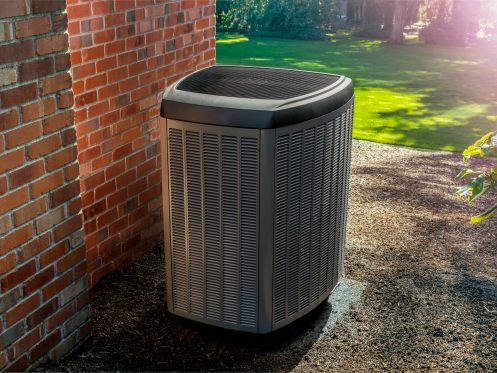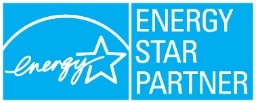Heat pumps outsold furnaces in the U.S. for the first time in 2023. Many industry experts expect that trend to continue as more consumers switch. Let’s explore why a heat pump may be the ideal solution for your situation.
Suitable for Practically Any Home
A heat pump is an excellent choice for virtually any home. Traditionally, they were primarily used in the southern U.S., but that has begun to change as the technology has continued to improve. Note that you need ductwork for a central heat pump. Many homeowners who switch from a traditional air conditioner and furnace pairing already have ducts. If you don’t, you have some options. You can install ductwork alongside your new central heat pump. An alternative is to opt for a ductless heat pump system, which has individual zones and, as the name implies, doesn’t use ducts.
Heating and Cooling
A heat pump is similar to an air conditioner in many ways. The main difference is a feature that allows the refrigeration process to run in reverse. That means that the pump can provide both heating and cooling.
High Energy Efficiency
Heat pumps are among the most energy-efficient HVAC solutions on the market. Many of them have earned the ENERGY STAR certification from the Environmental Protection Agency. That label provides consumers with peace of mind. It can also make them eligible for energy incentives.
High energy efficiency results in less consumption of fuel. This is beneficial for your household budget. It can reduce how much you spend on cooling and heating each year. This is particularly notable for heating if you previously obtained heat from a furnace or boiler.
Enhanced Air Quality
Modern heat pumps are very quiet. They also provide heating and cooling using electricity. There’s no combustion as there is with a fuel-burning furnace or boiler. That reduces the amount of particulate matter in the air, which is great for indoor air quality. It also means there’s no risk of carbon monoxide poisoning.
Another advantage of a heat pump is relative humidity, which is important for comfort and air quality. Furnaces tend to reduce RH in a home as a byproduct of heating it, and that can exacerbate certain skin conditions. They draw in dry air and heat it quickly to a high temperature. That heated air then absorbs moisture from the surrounding environment. This doesn’t happen with a heat pump due to the way it heats air.
Energy Incentives
Energy incentives are other reasons to consider a heat pump. Some of them can make a heat pump more affordable and help you recoup any additional investment even sooner.
Some incentives are available through the federal government. Perhaps the most notable one is the HEEHRA rebate. While this is a federal rebate, claims are handled at the state level.
If you’re not eligible for the HEEHRA rebate, you may be able to claim the Energy Efficient Home Improvement Credit. It’s a nonrefundable federal tax credit worth up to $1,200 for a heat pump and up to $3,200 in total annually.
Regardless of your eligibility for the offers discussed above, you can claim other rebates as well. That includes rebates offered by manufacturers, local utilities, and other entities. To see which ones are available to you, search by zip code on the ENERGY STAR website.
Heat Pump Installation in South Central Texas
GVEC Air Conditioning & Heating has provided residential and commercial heating and cooling services throughout South Central Texas since 1968.
Our technicians perform new installations and replacements of central air conditioners, heat pumps, furnaces, and ductless mini-splits. We install and replace ductwork and also handle indoor air quality accessories, including air purifiers and UV lights.
Call today or contact us online to schedule a service appointment or consultation.



